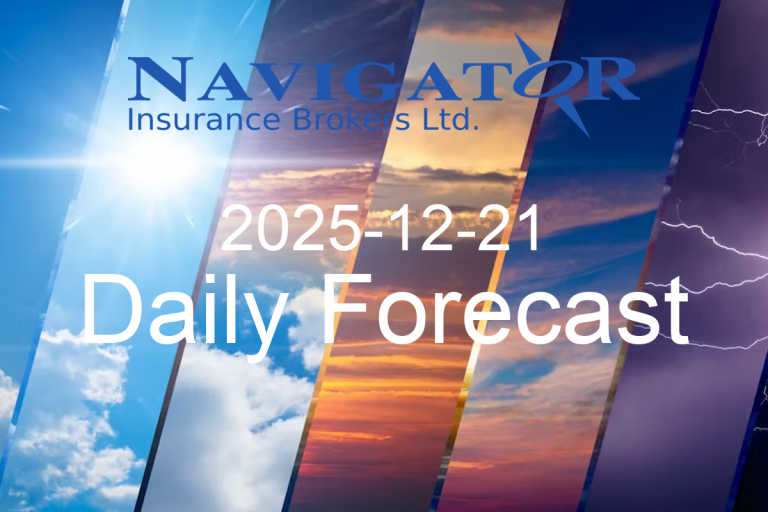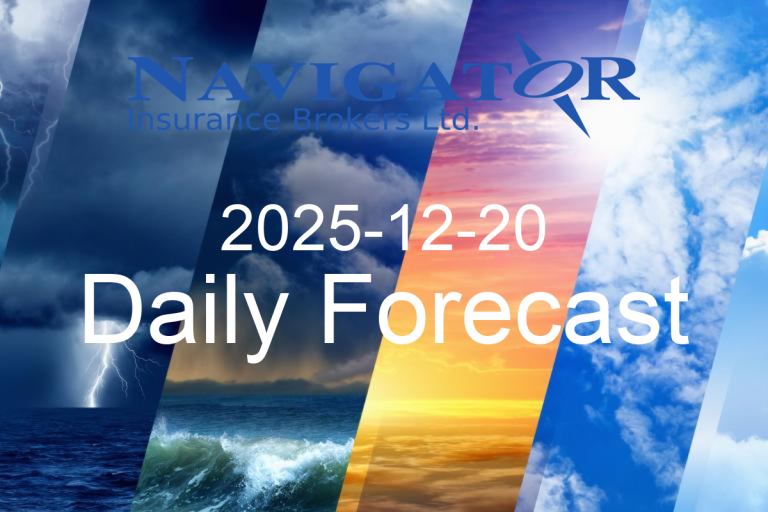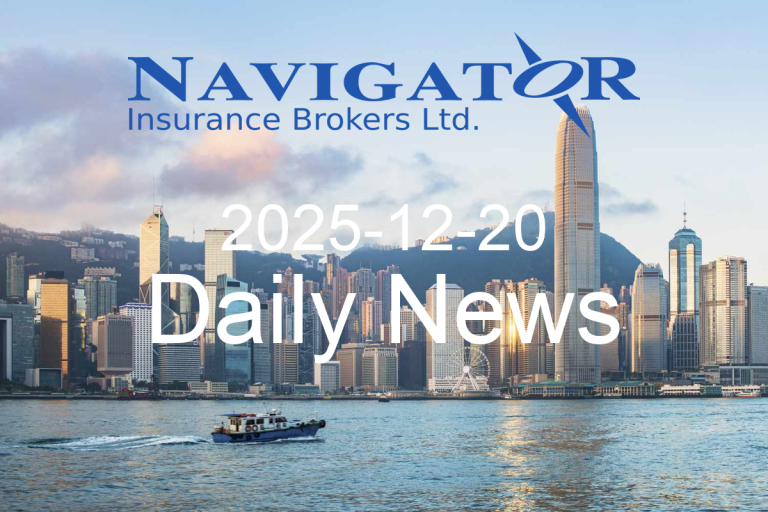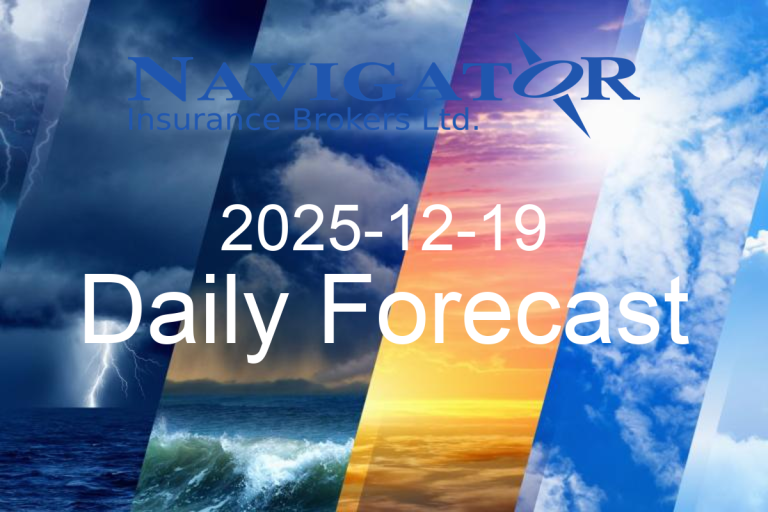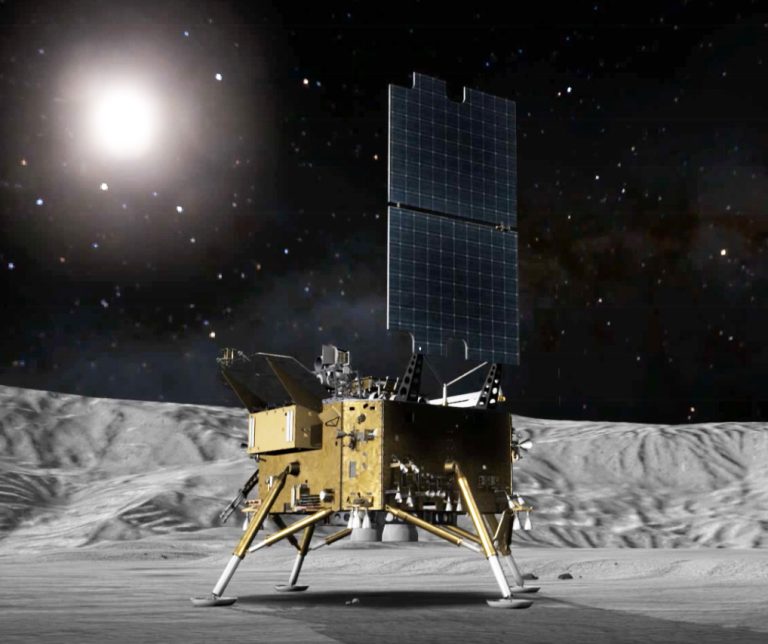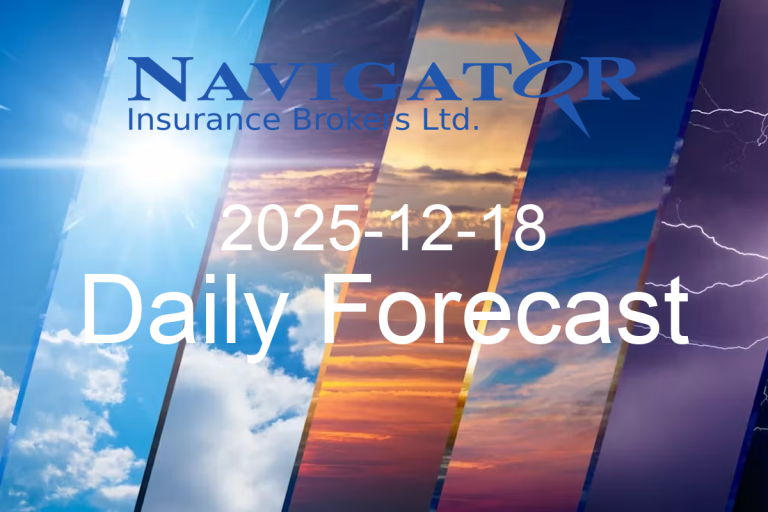When Typhoon Wipha swept through Hong Kong on July 20, 2025, the city experienced a dramatic demonstration of nature’s power and the critical importance of emergency preparedness. The Hong Kong Observatory’s precise tracking and signal system played a crucial role in managing the storm’s potential risks.
The typhoon’s arrival triggered an immediate response from city authorities. At 4:10 PM, the Observatory issued a No. 8 Southeast Gale or Storm Signal, signaling serious weather conditions. As the storm gradually moved away from the city, officials downgraded the signal to a Strong Wind Signal No. 3 by 7:40 PM, indicating improving conditions.
The storm’s impact was significant and widespread. The Hospital Authority reported 33 individuals seeking medical treatment at public hospitals due to storm-related injuries. The city’s emergency response infrastructure was put to the test, with multiple government departments working in coordination to manage the situation.
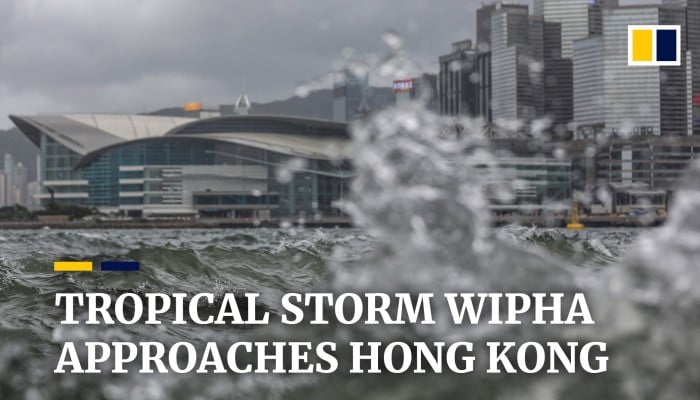
The Fire Services Department handled an impressive 425 incident reports, while the Government’s 1823 Call Centre received 286 reports of fallen trees. Drainage Services documented seven flooding cases, highlighting the storm’s potential for infrastructure disruption. The Buildings Department logged 21 reports of building-related issues, primarily involving unstable windows, and five incidents of collapsed scaffolding.
In a proactive approach to public safety, the Home Affairs Department opened 34 temporary shelters, providing refuge to 277 people displaced by the storm. This quick response demonstrated the city’s commitment to protecting its residents during extreme weather events.

Following the typhoon, government departments initiated comprehensive inspections across multiple areas of potential risk. These included roadside trees, external walls, signboards, slopes, and construction sites. The goal was to identify and mitigate any potential dangers that might have emerged during the storm.
Authorities were particularly vocal about public safety, urging citizens to exercise extreme caution. Residents were advised to avoid areas near trees, signboards, unstable structures, and slopes. The 1823 hotline was established as a critical communication channel for reporting dangerous conditions.
Remarkably, despite the storm’s intensity, no landslide incidents were reported. This speaks to both the city’s robust infrastructure and the effectiveness of its emergency preparedness systems.
The response to Typhoon Wipha serves as a powerful reminder of the importance of coordinated emergency management. From the precise weather monitoring by the Hong Kong Observatory to the swift actions of various government departments, the city demonstrated remarkable resilience in the face of natural challenges.
For residents and observers alike, the event underscores the critical nature of preparedness, communication, and community support during extreme weather events. It highlights how systematic approaches and quick responses can significantly mitigate potential risks and protect public safety.
As climate patterns continue to evolve, experiences like the Typhoon Wipha response provide valuable insights into effective emergency management strategies. They remind us of the ongoing need for vigilance, preparedness, and collective action in the face of natural challenges.

